Pavani Tripathi
MTCD: Cataract Detection via Near Infrared Eye Images
Oct 06, 2021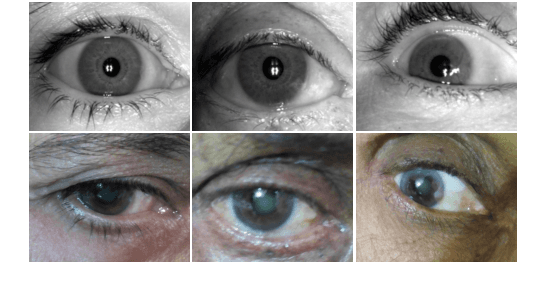
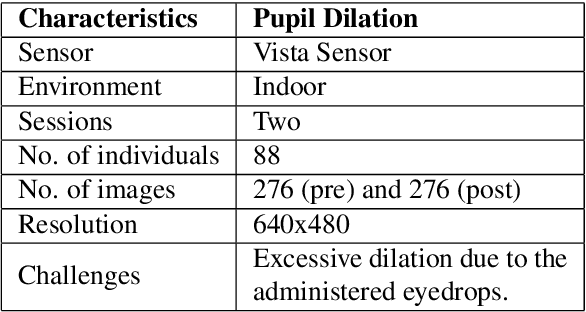
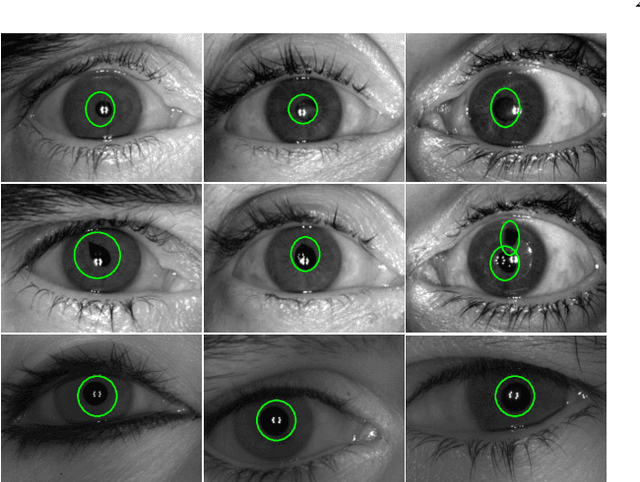
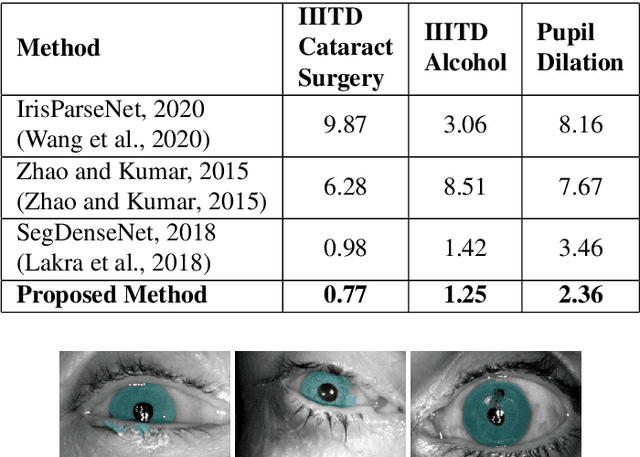
Abstract:Globally, cataract is a common eye disease and one of the leading causes of blindness and vision impairment. The traditional process of detecting cataracts involves eye examination using a slit-lamp microscope or ophthalmoscope by an ophthalmologist, who checks for clouding of the normally clear lens of the eye. The lack of resources and unavailability of a sufficient number of experts pose a burden to the healthcare system throughout the world, and researchers are exploring the use of AI solutions for assisting the experts. Inspired by the progress in iris recognition, in this research, we present a novel algorithm for cataract detection using near-infrared eye images. The NIR cameras, which are popularly used in iris recognition, are of relatively low cost and easy to operate compared to ophthalmoscope setup for data capture. However, such NIR images have not been explored for cataract detection. We present deep learning-based eye segmentation and multitask network classification networks for cataract detection using NIR images as input. The proposed segmentation algorithm efficiently and effectively detects non-ideal eye boundaries and is cost-effective, and the classification network yields very high classification performance on the cataract dataset.
SegDenseNet: Iris Segmentation for Pre and Post Cataract Surgery
Apr 19, 2018

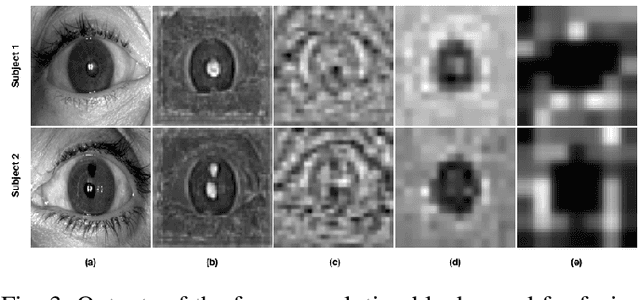
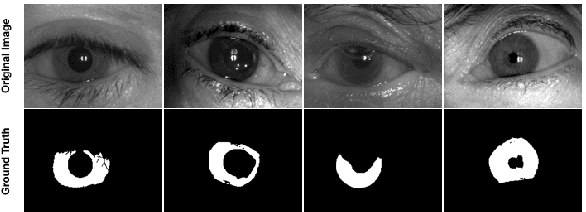
Abstract:Cataract is caused due to various factors such as age, trauma, genetics, smoking and substance consumption, and radiation. It is one of the major common ophthalmic diseases worldwide which can potentially affect iris-based biometric systems. India, which hosts the largest biometrics project in the world, has about 8 million people undergoing cataract surgery annually. While existing research shows that cataract does not have a major impact on iris recognition, our observations suggest that the iris segmentation approaches are not well equipped to handle cataract or post cataract surgery cases. Therefore, failure in iris segmentation affects the overall recognition performance. This paper presents an efficient iris segmentation algorithm with variations due to cataract and post cataract surgery. The proposed algorithm, termed as SegDenseNet, is a deep learning algorithm based on DenseNets. The experiments on the IIITD Cataract database show that improving the segmentation enhances the identification by up to 25% across different sensors and matchers.
 Add to Chrome
Add to Chrome Add to Firefox
Add to Firefox Add to Edge
Add to Edge